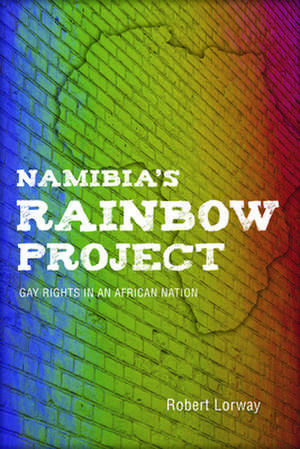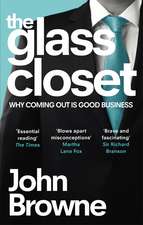Namibia's Rainbow Project: Gay Rights in an African Nation
Autor Robert Lorwayen Limba Engleză Paperback – 27 noi 2014
What are the consequences when international actors step in to protect LGBT people from discrimination with programs that treat their sexualities in isolation from the "facts on the ground"? Robert Lorway tells the story of the unexpected effects of The Rainbow Project (TRP), a LGBT rights program for young Namibians begun in response to President Nujoma's notorious hate speeches against homosexuals. Lorway highlights the unintended consequences of this program, many of which ran counter to the goals of local and international policy makers and organizers. He shows how TRP inadvertently diminished civil opportunities at the same time as it sought to empower youth to claim their place in Namibian culture and society. Tracking the fortunes of TRP over several years, Namibia s Rainbow Project poses questions about its effectiveness in the faces of class distinction and growing inequality. It also speaks to ongoing problems for Western sexual minority rights programs in Africa in the midst of political violence, heated debates over anti-discrimination laws, and government-sanctioned anti-homosexual rhetoric."
Preț: 154.18 lei
Nou
29.51€ • 30.69$ • 24.36£
Carte tipărită la comandă
Livrare economică 14-28 aprilie
Specificații
ISBN-10: 0253015200
Pagini: 182
Dimensiuni: 140 x 239 x 12 mm
Greutate: 0.3 kg
Editura: Indiana University Press
Notă biografică
Cuprins
Acknowledgements
Prologue: Approaching the Transnational
Introduction
1. The Instrumentality of Sex
2. Subjectivity as a Political Territory
3. Remaking Female Citizenship
4. The Naturalization of Intimate Partner Violence
5. Thinking Through the Foreigner Fetish
Conclusion: Post-structural Violence
Notes
Bibliography
Index











